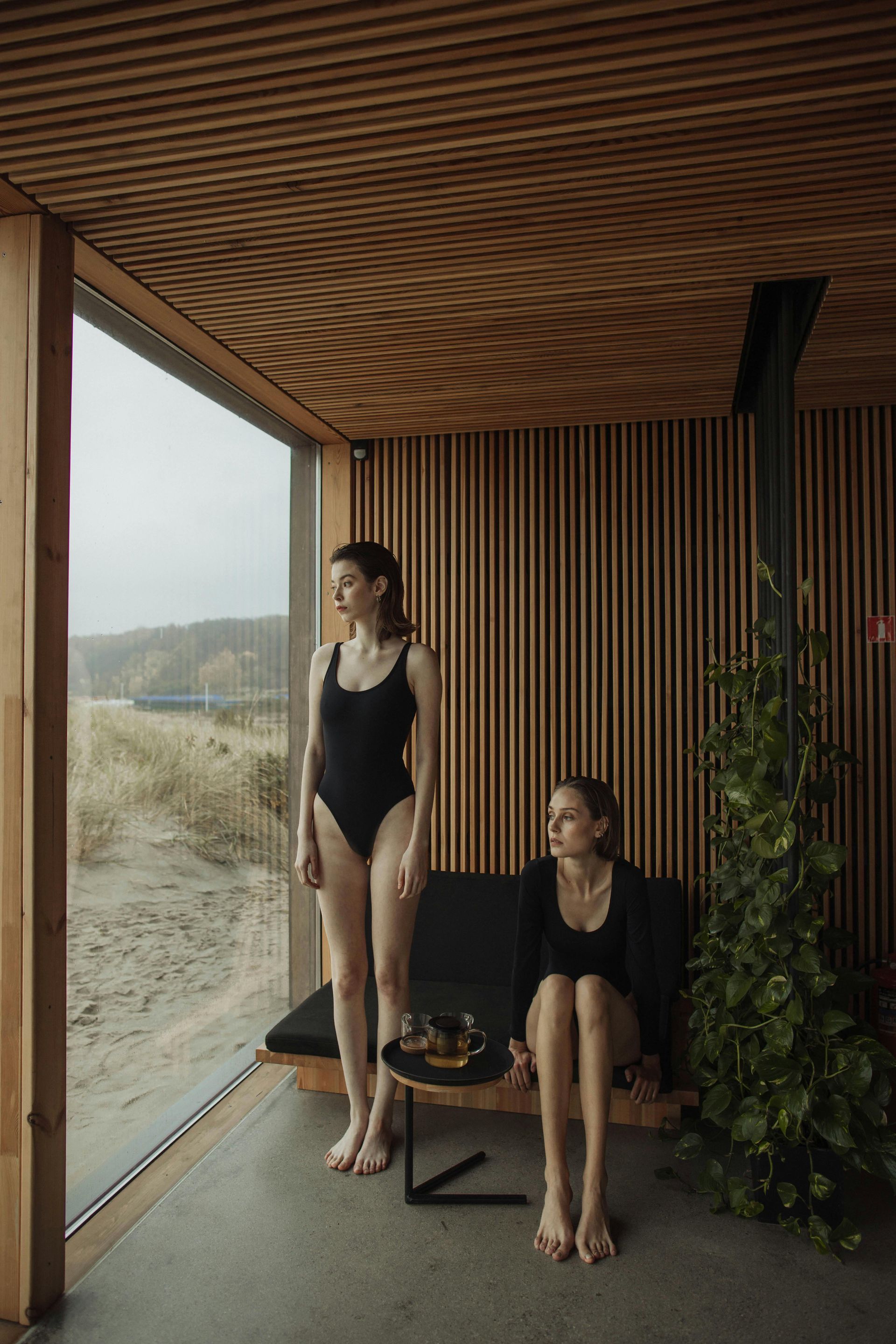Luxury Wellness Real Estate: The Early Investor’s High-Growth Niche
Discover why wellness real estate is one of the fastest-growing niches in property investment, with strong market numbers, buyer demand, and clear long-term value.

Quick Snapshot
- Global wellness economy: ~$5.6T (2022) → ~$8.5T by 2027 (double-digit annual growth).
- Wellness real estate: ~$400B (2022) → ~$880B by 2027 (~17% CAGR – Compound Annual Growth Rate).
- Buyers in prime markets often pay 5–15% premium for healthy, sustainable homes.
- Verified high-performance homes can reduce heating/cooling energy by 60–90%, boosting net operating income and resale value.
What is Luxury Wellness Real Estate?
Luxury wellness real estate is residential property designed to actively support physical, mental, and environmental health, blending high-end living with features like:
- CLT (Cross-Laminated Timber) construction – a mass timber method with high insulation, low carbon footprint, and biophilic (nature-connected) aesthetics.
- Passivhaus certification – a German building standard for extreme energy efficiency, maintaining comfortable indoor temperatures with minimal heating/cooling.
- Biofilic design – architecture that integrates natural light, greenery, and organic materials to improve well-being.
- Amenities such as natural swimming pools (plant-filtered, chemical-free), sauna + cold plunge (thermal contrast therapy), and community spaces like co-working lounges.
Projects like REGEN VILLAS in Portugal and Brazil exemplify this model - fusing regenerative landscaping (agroforestry, permaculture) with sustainable building and wellness-first living.
The Market: Numbers That Matter
The Global Wellness Institute (GWI) tracks a $5.6 trillion global wellness economy, projected to reach ~$8.5 trillion by 2027.
Inside this, wellness real estate - housing designed to support holistic health - was valued at ~$400 billion in 2022 and is growing at ~17% CAGR, expected to nearly double by 2027.
Demand Signals
- Post-pandemic health priorities: Indoor air quality, sleep quality, and mental wellness are now top purchase drivers for affluent buyers.
- Energy efficiency as a hedge: Homes with Passivhaus-level performance cut energy bills dramatically, insulating owners from energy price volatility.
- Lifestyle migration: Wealthy remote workers are relocating to wellness-rich locations, fueling demand for health-first luxury homes.
Investor Edge: Where the Premium Comes From
- Performance Premium
Verified energy-efficient homes sell for 5–15% more than comparable conventional homes, with shorter sales cycles. - Amenity Premium
Wellness amenities - natural pools, spa facilities, biophilic gyms - create exclusivity, translating into higher valuations. - Brand & Story Premium
Developments marketed around health, longevity, and sustainability (with tangible proof points like CLT and Passivhaus) resonate with buyers willing to pay for values alignment.
Case Study: REGEN VILLAS
- Construction: CLT + Passivhaus, achieving ~60% energy cost reduction vs. standard luxury builds.
- Sustainability: 90%+ sustainable materials (FSC-certified wood, recycled components) and 100% renewable energy supply.
- Amenities: Natural swimming pool, biophilic gym, sauna & ice tub, regenerative landscaping with food production.
- Target buyers: Health-conscious families, entrepreneurs, expatriates, and longevity enthusiasts.
Positioned in premium coastal and eco-tourism markets, REGEN VILLAS taps into both lifestyle demand and ESG (Environmental, Social, Governance) investment trends.
How to Enter This Niche
- Choose a location with wellness appeal—nature, clean air, active lifestyle access.
- Integrate health standards early—design for Passivhaus or equivalent, specify CLT or low-toxicity materials.
- Stack wellness amenities that add perceived value without excessive OpEx (operating expenses).
- Market the health benefits as much as the luxury features—buyers in this niche pay for both.
Why Act Now
- Fastest-growing real estate segment in the wellness economy.
- Structural demand drivers (health, climate resilience, lifestyle migration) make it less cyclical than conventional luxury property.
- Early-mover advantage: Few developments fully integrate wellness, sustainability, and luxury—supply lags behind rising demand.



